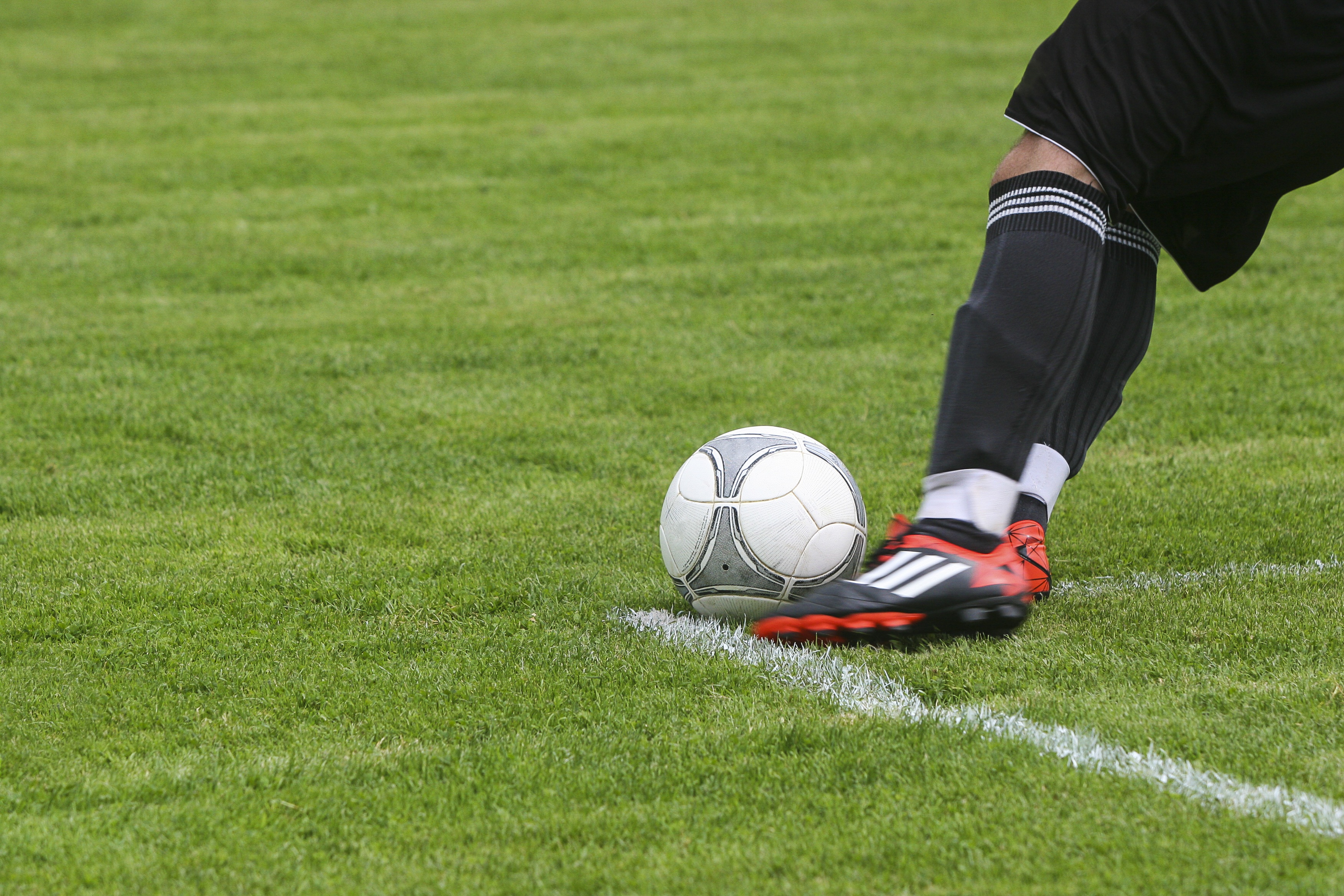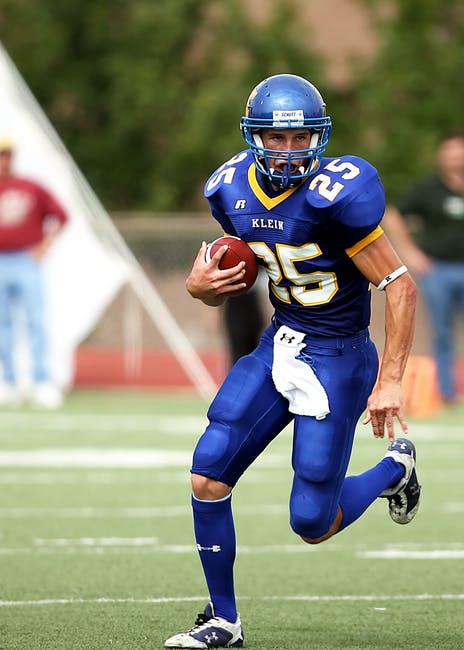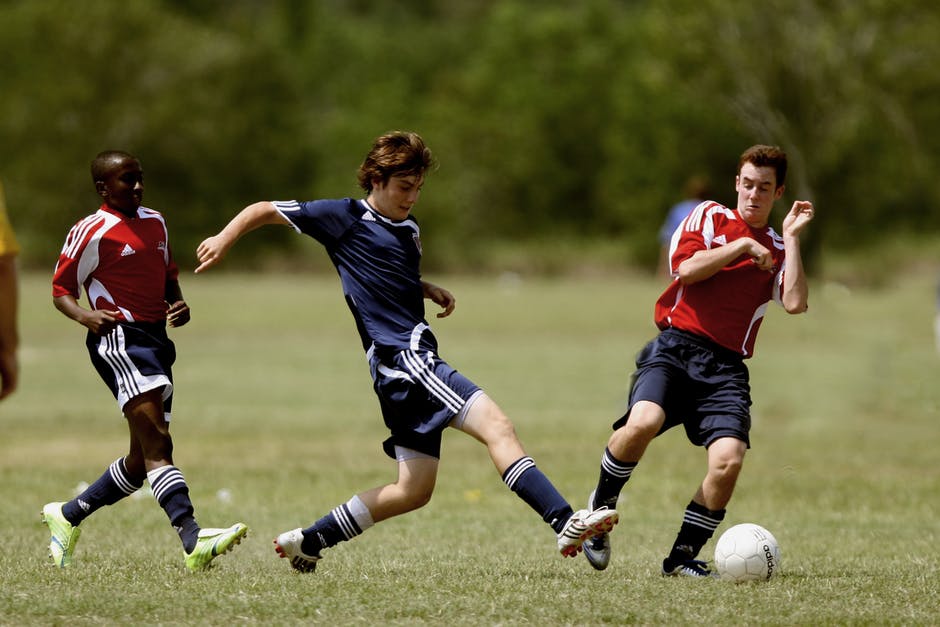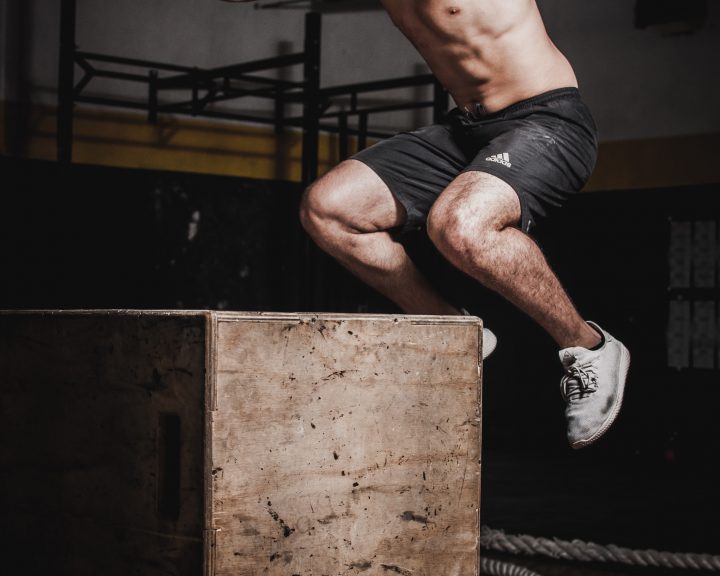Nilstad et al in the latest issue of the American Journal of Sports Medicine have an article that examines 1731 elite Norwegian female soccer players and follows them for the 2009 season. Players were extensively screened before the season, injuries during the season were identified, and then the authors examined to see if there were any relationships between the screenings and the injuries.
The athletes were screened on the following:
• Their medical history
• Isokinetic hamstring/quadriceps strength
• Hip abductor strength
• 1-RM leg press
• Balance
• Knee valgus during a 30cm high drop jump landing
• Knee joint laxity
• Joint laxity at the fifth finger, trunk, thumb, elbow, and knee
• Foot pronation
During the course of the season, 107 out of 173 players suffered 171 lower extremity injuries. Almost 60% of these injuries occurred during training. The knee suffered a third of the injuries, followed by the ankle, thigh (majority of which were hamstring injuries), leg/foot, and then hip/groin. Ligament and muscle injuries represented over 70 percent of the injuries. Almost 40 percent of the injuries required the athlete to sit out 8-28 days, 30 percent required the athlete to sit out greater than 28 days. Five of the injuries were noncontact ACL injuries.
The authors found some interesting relationships with the screening and the injuries. Overall, the injured athletes were heavier and had a greater BMI.
With regards to the hamstring injuries, a history of a hamstring injury over the previous twelve months had no influence on the risks of a new injury. Of all the screening tests performed, only BMI was found to increase the risk of hamstring injury.
With regards to ACL injuries, athletes with a previous one had a risk of sustaining a new one to the same knee that was nine times greater. None of the other screening tools were found to increase the risk of a new knee injury.
For ankle injuries, there were relationships between 1-RM leg press and injury risk (greater strength led to more injury risk) as well as knee valgus upon the drop jump landing (greater knee valgus resulted in less risk of injury).
For lower leg and foot injuries, a history of a previous knee injury in the previous twelve months increased the odds of injury to the lower leg and foot three fold, though this relationship only existed in the right leg.
This is a fascinating study to me. The relationship between weight/BMI and injury makes a lot of sense especially given the nature of soccer. Too much weight would add stress to the joints during the running and agility that is required in the sport. A few other interesting observations; the lack of association between strength and hamstring injuries is interesting a runs contrary to what I’d expect to find. The influence of previous ACL injuries on future injuries to the same knee is interesting and runs counter to what I’d expect. I wonder if this is reflective of the sports medicine those athletes are receiving? Finally, the relationship between knee injury history and ankle injury occurrences is interesting and reminds you that when we compensate for one injury (the knee) we may create new ones (the ankle).
It is important to keep the study’s limitations in mind. This is studying elite female soccer players, so the results cannot really be extended out to other sports, male athletes, or other levels. There is a different training history, different intensity of play/training, and a different injury history with these athletes.
Nilstad, A., Andersen, T.E., Bahr, R., Holme, I., and Steffen, K. (2014). Risk factors for lower extremity injuries in elite female soccer players. The American Journal of Sports Medicine, 42(2): 940-948.




